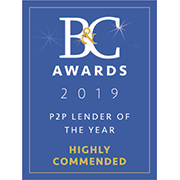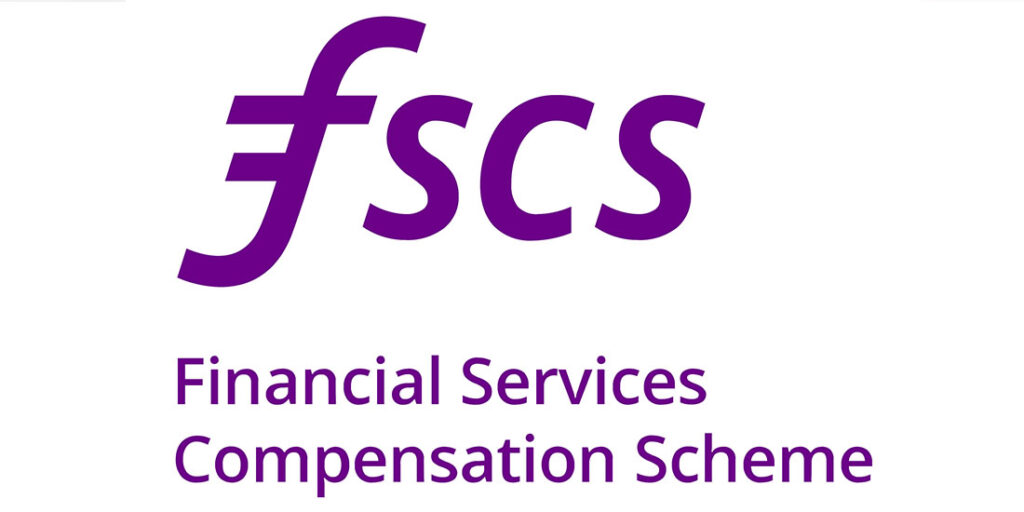
What is the difference between peer to peer lending and crowdfunding?
Over the past decade or so, many borrowers have found it increasingly difficult to secure finance from the mainstream banks. This is especially true for small businesses, which have arguably suffered the most since the financial crash. Despite the cautious lending market, many of these borrowers have managed to fund their projects using alternative finance solutions such as peer to peer lending and crowdfunding.
These two methods are usually based online and provide a reliable source of finance away from the high street lenders’ strict criteria. Although they have a lot in common, it’s fundamental that potential borrowers and investors understand the difference before deciding which is the best route for them.
The similarities between P2P & crowdfunding
On the surface, P2P lending and crowdfunding appear pretty similar; both involve a number of investors contributing to one fundraise, and both are becoming increasingly popular as alternative sources of funding. They remove the need for borrowers to approach banks, which are renowned for slow procedures and inflexible terms of agreement.
These two funding streams have also opened up the world of investing to a broader crowd as platforms are often structured in a more accessible, less technical manner than the traditional worlds of stocks and shares or bonds. They are also popular amongst seasoned investors looking to diversify their portfolios, particularly in light of the effect Brexit has had on the stock and property markets. As with all investments, your capital is at risk in both cases.
What is crowdfunding?
Crowdfunding can be used to raise money for a huge variety of projects and has become the funding route of choice for lots of innovative start-ups. From craft beer brands to vegan lunches, investors can pick projects they believe will be successful and fund their raise in return for equity in the business.
Firms that fundraise through crowdfunding often offer extra perks too as a gesture towards maintaining happy, long term relationships with their investors. These perks depend on the individual company, but for example a drinks brand may offer free cocktail nights or bottles of products to their investors.
What is P2P lending?
For centuries, people have been bypassing the banks and lending money to one another on their own terms. This simple principle, along with a few tweaks to protect both sides of the arrangement, is a basic form of peer to peer lending.
P2P platforms such as Kuflink bring lenders and borrowers together, undertaking due diligence on the loans they agree and then offering their community of lenders the opportunity to fund these loans in return for interest.
Most platforms exist solely online and take security for loans in the form of various assets, such as property.
What is the difference between them?
The main difference between peer to peer lending and crowdfunding is that the former is loan based, and the latter is equity based. Returns in peer to peer lending are usually fixed rate, although in some cases a target rate is given. As the monetary value of equity in a business depends on its performance, returns are much more variable with crowdfunding.
Terms also tend to be fixed in peer to peer lending subject to the borrower meeting their repayment date, however there are no fixed end dates in crowdfunding – it’s up to you to decide how long you hold on to your equity for.
Another key difference is the relationship between investors and borrowers. For P2P, there is no direct relationship and although some details such as credit history may be provided, investors will not know the identity of the borrower. The platform conducts all necessary due diligence and investors use this information to decide whether the opportunity suits their investment profile.
With crowdfunding, borrowers pitch directly to potential investors, who must then conduct their own due diligence. This relationship tends to be much closer as it’s an ongoing partnership where both parties benefit from the successful performance of the borrower.
Finally, from a borrowers’ perspective, you’re giving away equity with crowdfunding whereas you pay interest on the loan with peer to peer. The interest you pay on a P2P loan is usually split between investors and the platform you’re borrowing through, for example if you’re paying 7% interest per annum, investors may earn 4% per annum and the platform retains the remaining 3%. Regardless of the outcome of the project you’re borrowing for, you’ll be liable to repay the loan in full plus the interest or risk having your security repossessed.
For more information on Kuflink’s peer to peer opportunities, visit kuflink.com or contact our Investor Relations team on hello@wp1www.kuflink.com.













